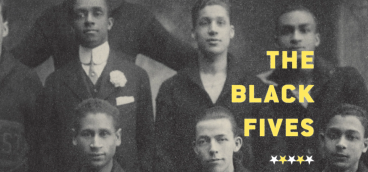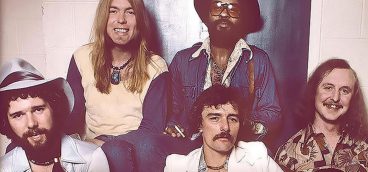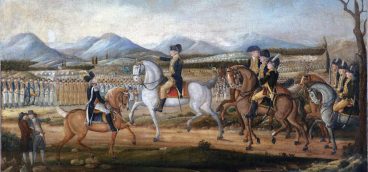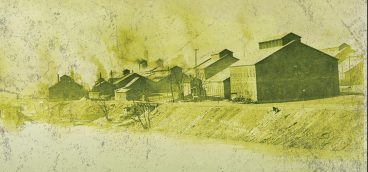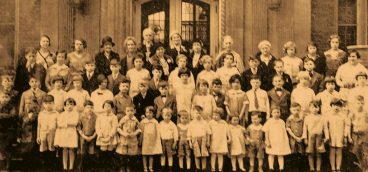
There’s a scene in season one of “the Sopranos” when teen daughter Meadow asks, “Who invented the Mafia?” The question leaves Tony to consider how to respond with a mouthful of mu shu pork. That she then names those five New York City families with ease exemplifies the way La Cosa Nostra has become ingrained in our cultural history. Writer and FBI intelligence analyst Paul N. Hodos has penned a definitive history of the members and machinations of this region’s mobsters, in his 171-page tome, Steel City Mafia: Blood, Betrayal and Pittsburgh’s Last Don.
With access to archival law enforcement, Hodos writes as if he’s stringing together the connections on a whiteboard, giving readers lots of information and a cast of characters, often graced with handles like “Peeps, “Eggy” and “Codfish.” And while the capos and foot soldiers get tasked with the hands-on work of “roofing jobs,” which includes using guns, knives and baseball bats, it’s the insights into bigger names such as Michael Genovese and Charles “Chuckie” Porter that show how the organization mostly dried up because of old age and effective law enforcement tactics. While some non-Italian members were drawn to the group because of “the mafia code of not playing around with each other’s women, being loyal and not lying to each other,” some “made members” often extracted themselves from long prison terms by turning on their associates.
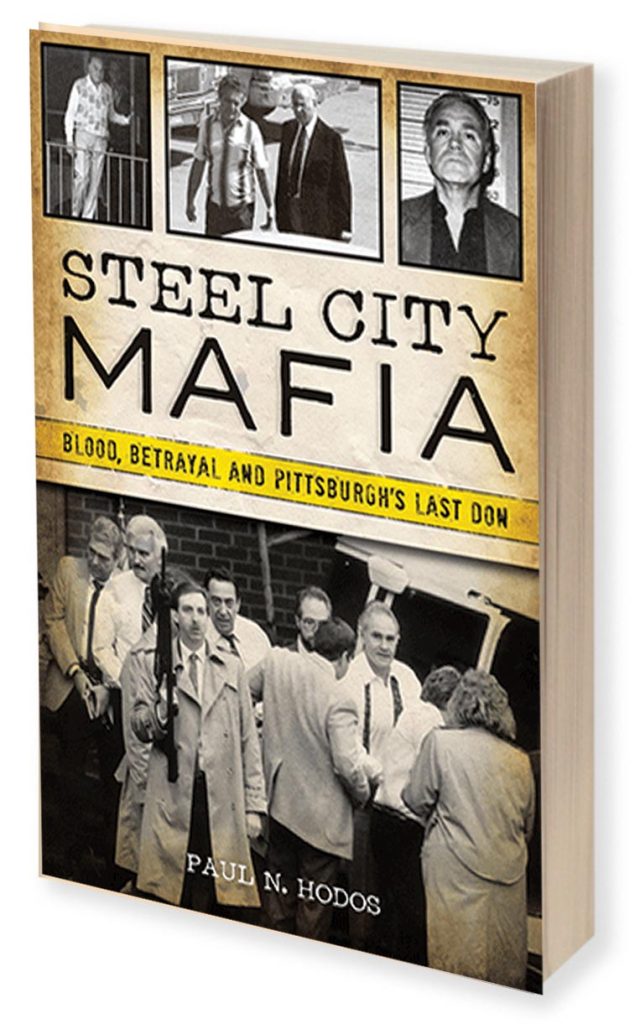
Blood, Betrayal and
Pittsburgh’s Last Don
Paul N. Hodos
History Press, $23.99
While much mob influence waned here by the 1990s, it’s easy for readers of a certain age to recall how bookies were an integral part of life in steel towns and how endemic corruption once was among police and politicians. And while Steel City Mafia lacks the pathos and socioeconomic analysis that aids in understanding the mob’s rise, it’s a unique roadmap into a world that’s more alive in film and TV than in real life these days.


